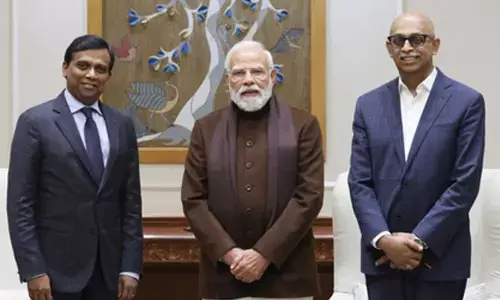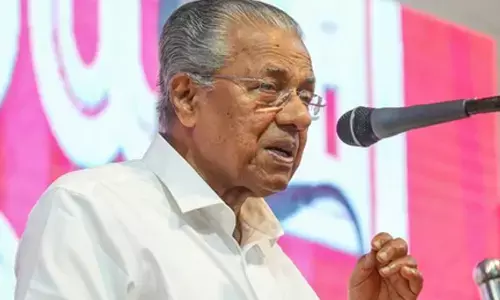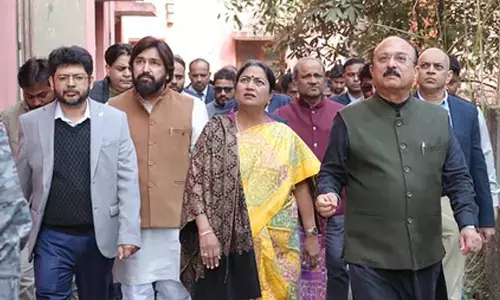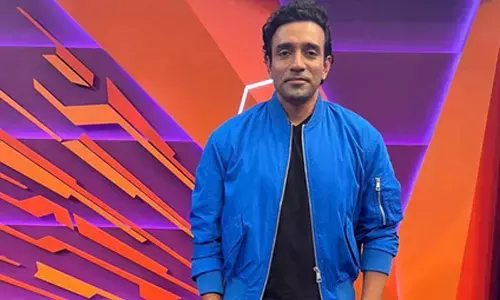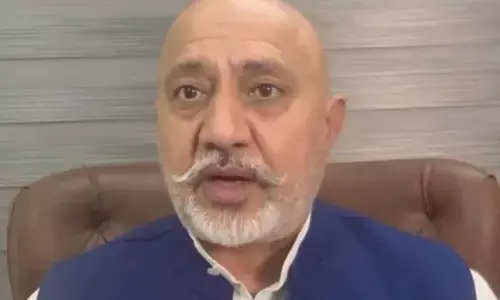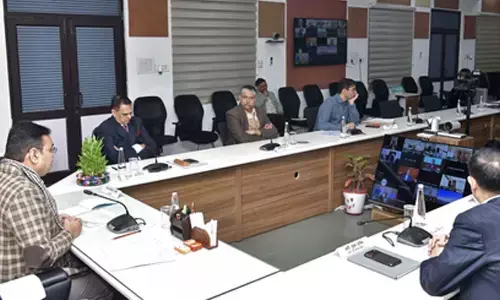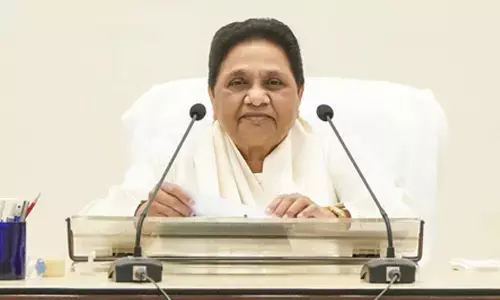Poor quality of education only perpetuates economic disparities
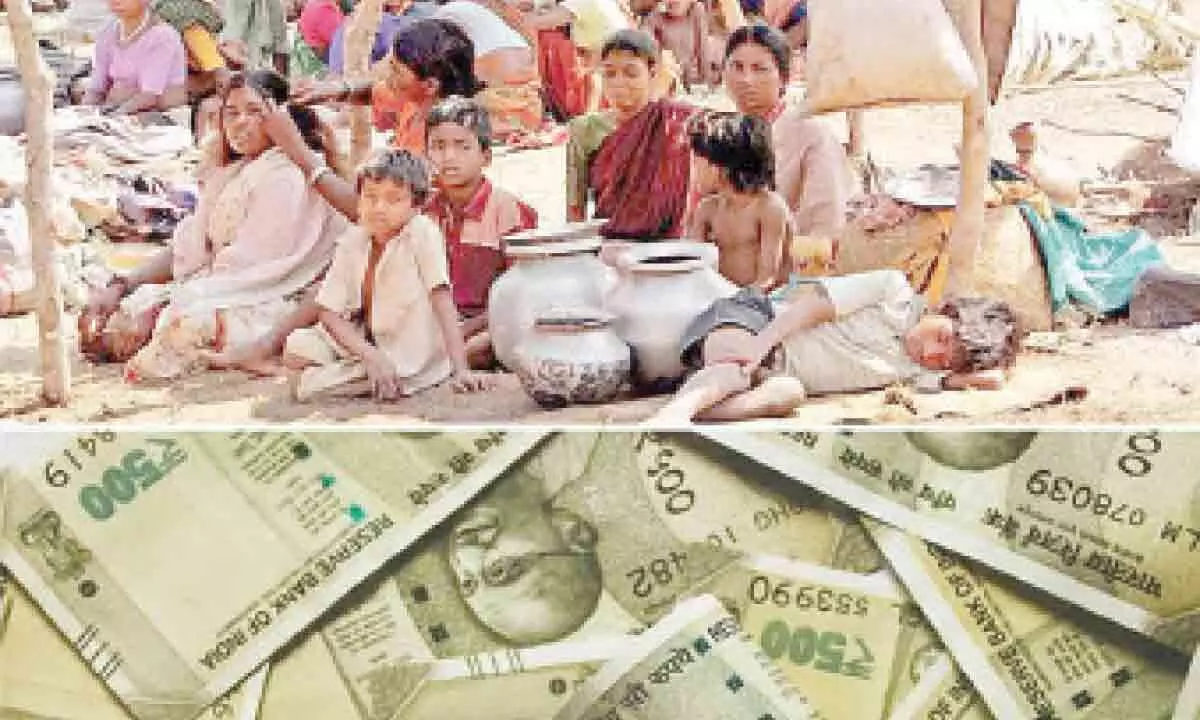
Auditing of classroom teaching has never been a priority in the country’s school system
The findings of the Annual Status of Education Report-2023 (ASER-2023) in general and those pertaining to rural India are not baffling at all. That is the reality, which we have ignored as a stakeholder for decades due to lack of responsibility on our part. Auditing of classroom teaching has never been a priority for the system that governs school education in the country. It is not even in practice now. Barring for some top private schools, a rigorous periodic evaluation of students, and finding gaps in their pace of learning are unknown in the realm of school education, especially in the government sector. Most experts have never pressed the panic button in this regard. The expected blame game always suggests that since education is a state subject, the State governments should be more attentive about the kind of education being imparted there.
The ASER-2023 survey called ‘Beyond Basics’ was conducted in 28 districts across 26 States, reaching a total of 34,745 youth in the age-group of 14-18 years. One rural district was surveyed in each major state, with the exception of Uttar Pradesh and Madhya Pradesh, where two rural districts were surveyed. The annual report has been facilitated and published by Pratham Foundation.
Let us take a look at some of the critical findings of ASER-2023. Around 42 per cent of children in the age-group of 14 to 18 years in rural India cannot read easy sentences in English, while more than half of them struggle with simple division problems.
As regards the current status of foundational skills for the identified age-group, the report says that about 25 per cent of them cannot read a Std. II level text fluently even in their regional language. More than half struggle with division (3-digit by 1-digit) problems. Only 43.3 per cent were found able to solve such problems correctly. This skill is usually expected in Std. III/IV. A little over half can read sentences in English (57.3 per cent). Of them, almost three quarters can tell their meanings (73.5 per cent). Across enrollment categories, girls (76 per cent) do better than boys (70.9 per cent) in reading a Std. II level text in their regional language. In contrast, boys fare better in arithmetic and English reading.
In concluding thoughts, ASER-2023 says: “As a country, we need to equip our young people adequately with the essential knowledge, skills, and opportunities they need to drive their own progress and that of their families and communities. India’s anticipated ‘demographic dividend’ and ‘digital dividend’ can achieve their full potential if this is done. The ASER report in 2017 first shone a spotlight on this age group. In the six years that have elapsed since then, the country has witnessed many changes. The ASER 2023 effort hopes to keep the focus on the age group 14-18 and continue the conversation about the way forward.”
A majority of the victims of the sorry state of school education in the public sector are children from the weaker sections and those who are educationally and socially backward. As a result, their share in higher education institutions (HEIs) is much less than the size of their population.
We need to be honest and sincere in evaluating the positive impact of various schemes and programmes aimed at strengthening school education in the country. The Department of School Education and Literacy, Union Ministry of Education, released its year-end review on January 7. It detailed a whole lot of things being done through a number of schemes and programmes to improve school education. It talked of almost everything which can be done for the betterment of our children’s education. For example, they have prepared the competency-based assessment for holistic development and the Holistic Progress Card (HPC) for the foundational stage. HPC aims to provide a 360-degree overview of a child’s growth by covering aspects like physical development, socio-emotional development and cognitive development along with aesthetic and cultural development. Unfortunately, the outcomes are not in sync with the efforts and intentions.
Let’s also have a look at the data of the Unified District Information System for Education Plus (UDISE+) 2021-22 on school education.
In 2021-22, the total students enrolled in primary and higher secondary stood at 25.57 crore as compared to the 25.38 crore enrolment in 2020-21, registering an increase of 19.36 lakh. The total number of Scheduled Caste (SC) enrolment increased to 4.82 crore in 2021-22 as compared to 4.78 crore in 2020-21. Similarly, the Scheduled Tribe (ST) enrollment increased to 2.51 crore in 2021-22 from 2.49 crore. The total of other backward class (OBC) students increased to 11.48 crore in 2021-22 from 11.35 crore.
The gross enrollment ratio (GER), which measures the general level of participation, improved from 53.8 per cent in 2021-21 to 57.6 per cent in 2021-22. However, the monstrous hiatus between higher secondary GER and higher education GER leaves no scope for any doubt that a vast majority of SC, ST and OBC students don’t enroll themselves in HEIs after completing their school education. This is a matter of serious concern as India is aspiring to become an inclusive Viksit Bharat by 2047.
It is, in fact, a wake-up call for us as the repercussions of poor school education in a country like ours, where a substantial portion of the population relies on government schools for secondary and higher secondary education, will be profound and far-reaching. Poor quality of education only perpetuates socio-economic disparities, as those with access to better educational resources often have more opportunities for upward mobility. This situation contributes to a cycle of poverty, hindering the nation’s ability to break free from developmental challenges.
A poorly educated populace struggles to engage effectively in democratic processes, potentially undermining the foundations of a vibrant and informed citizenry. So, we must invest more on improving government schools across segments. Enhancing the quality of education is crucial for our all-round development, social equity and long-term sustainability. Lest one forgets, education is a serious business!








